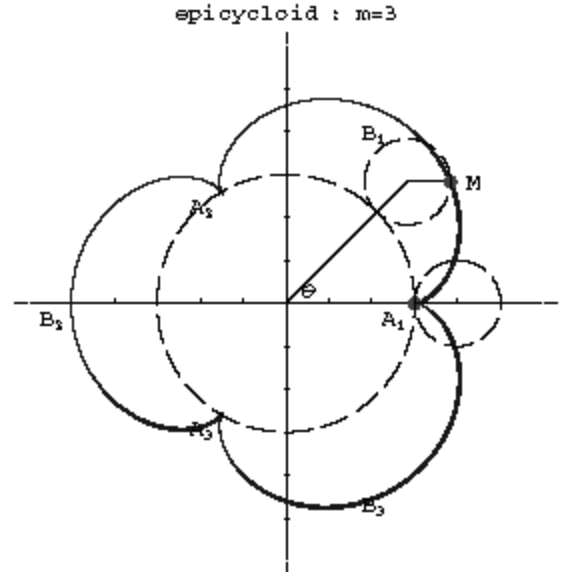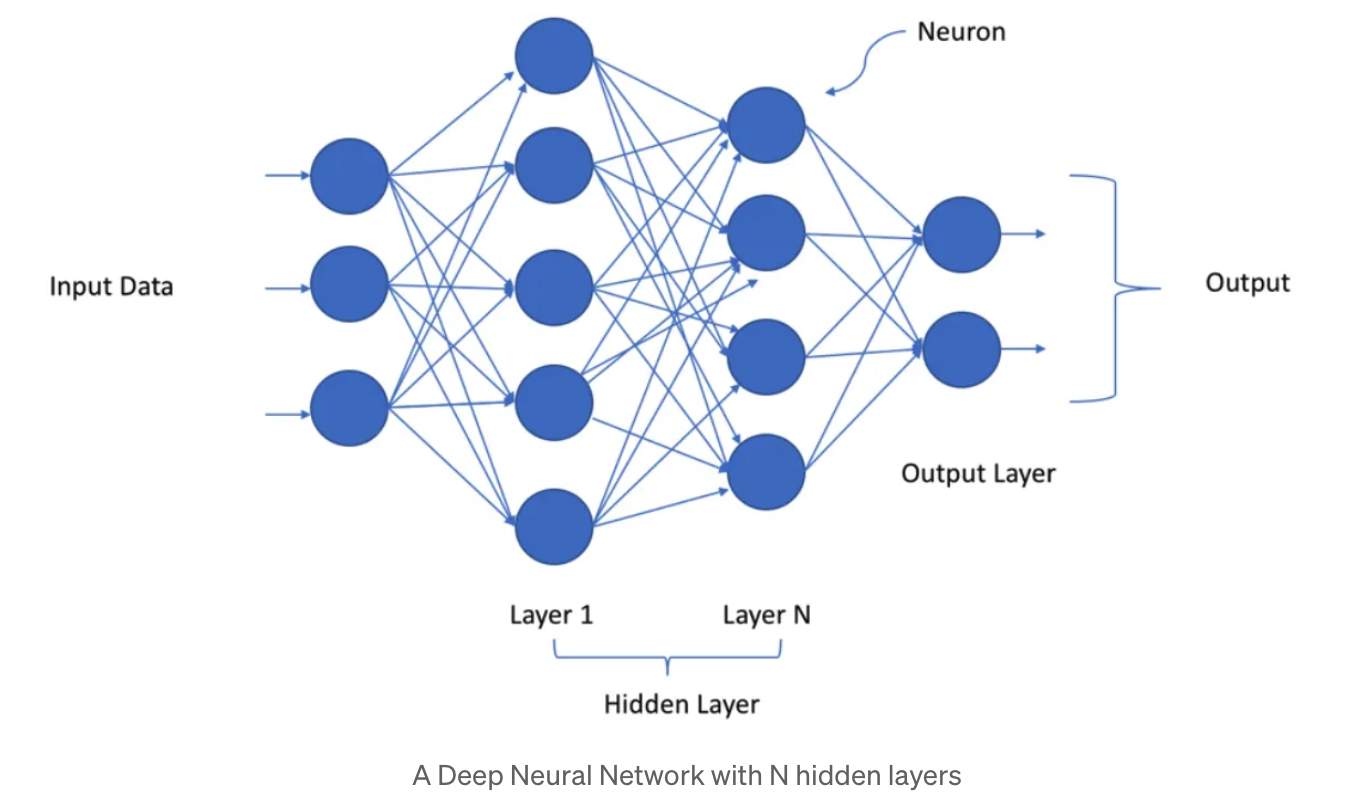…Drafting here…
Thinking lately back that hierarchical compartmentalization is maybe more suitable to calm expression than chaotic graph that is the alternative. A graph is like the internet "network" , it can zap you unpredictably along an unknown path.
There is a calm to focused attention and multi-tasking is the mortal enemy.
Often if I sit down to do a task, it really depends on perhaps, the framing of whether it is an open ended or closed ended thing. I very much enjoy finishing something (you get that great feeling of closure)
In conversation as interleaved closure
I think for long I have admired , in conversation, the practice of calmly taking turns expressing thoughts, without a kind of anxiety of the dread of sounding coherent when it is your turn to speak. The best conversations ultimately are those where you are fully engaged and fully spontaneous; that is you give the other person full attention without planning what you will say as they speak. Instead, you trust that spontaneity will figure it out.
Conversation then is a kind of chaos that provides its own closure because mysteriously I feel energized and also balanced and fulfilled afterwards.
It's about time
Chaos has its place and I have been realizing . I know Oliver Burkeman expresses no one controls time, no one "manages time", but at least you can settle on short bursts of focused energy.
And a clock , I guess emerging from the semicircular shape a sundial following the daylight, is a circle, which has tangents that deviate from the circle.
Just now I took a geometry detour to maybe think of a better term for some kind of line that does come back to the circle unlike a tangent which never does.
Maybe an epicycloid, which is a circular path that leaves a circle and comes back? Or another option is a clothoid or euler spiral, which is a smooth transition to another object, another circle say and you can take another clothoid back to the original circle !
(borrowing from here, https://encyclopediaofmath.org/wiki/Epicycloid ) ,
I know that according to the Zeigarnik effect, leaving something started , in an unfinished state, makes you interested in finishing it, but the diminishing return is that you can end up with "open loops" , causing you the pain of not finishing. (That makes Bulma Zeigarnik a clock-maker since "zegarnik" translates to clock maker roughly, also maybe because mechanical clocks contains clock spring structures that remind me of "open loops" ). Conveniently, we are again using geometry here. I agree that to this extent although Dante’s Inferno had 9 Circles of Hell, I think a more accurate hell would contain 9 open loops 😅.
So I think perhaps a good mind shift would be to avoid using "tangents" as thought devices, and think on something more like a special "clothoid" or "epicycloid" instead .
And back to the original network analogy, a "deep neural network" is a network that is probably a much better analogy to focused thought, because it has many inputs, and many layers, but after passing through those layers, we move from left to right, with a clear work output.
(image from https://medium.com/towards-data-science/a-laymans-guide-to-deep-neural-networks-ddcea24847fb ),
But coming back to the explore-exploit-nature of knowledge work and even Richard Hamming's https://www.cs.virginia.edu/~robins/YouAndYourResearch.pdf closed door opened door ideas, I think we just need to accept the pain of not really knowing when we are doing too much of one or the other .

